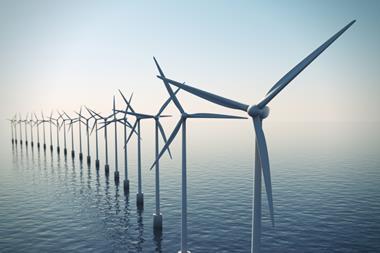PME, the €45bn pension fund for the Netherlands’ metal and electro-technical engineering industry, slowed down extending its investment grade credit holdings because of narrowing spreads.
In its annual report for 2016, it said it had planned to increase its tactical allocation to 20%, but at year-end its stake was just over 16%.
Its strategy for the asset class – which returned 5.2% and 3.2% for European and US investments, respectively – was designed to be low risk, and favoured companies with a high creditworthiness and liquidity.
Outside of the bond allocation, the metal scheme made a new commitment of €700m to residential mortgages, following an initial investment of €1bn. The portfolio, with a strategic allocation of 5% of the total fund, yielded 6.5% last year.
PME posted an overall result of 10.3% for 2016, including 1.6 percentage points generated by its 50% hedge of the interest rate risk on its liabilities. It has generated an average return of 6.5% a year over the course of the last 10 years.
With returns of 13.1% and 12.7%, infrastructure and alternatives were the best returning asset classes. The pension fund credited low interest rates, “which offered many possibilties for attracting or extending long-term financing”, for the infrastructure result.
Alternative investments, including forestry and life settlements, gained 12.7%. However, PME said it had substantially reduced the allocation to less than 1% of its total portfolio, because of its limited scale and complexity.
The scheme’s private equity allocation made 11.1%, which PME also put down to the low interest level, “which had made financing and existing investments cheap and had led to higher corporate value”.
“Combined with ample available capital, this, for its turn, had led to a competitive transfer market and relatively high prices,” PME added.
The scheme’s real estate holdings delivered 8.1%, with Dutch property returning 8.9%, largely due to a booming market for residential rental housing.
The metal scheme indicated it would prioritise investments in sustainable development and wanted to bring 10% of its entire portfolio under the UN’s Sustainable Development Goals (SDGs) within five years.
It was also targeting a 25% carbon reduction through engagement with the 10 largest emitters in its investment portfolio.
PME said it would also focus on impact investments – including in its own sector – in energy transition, recycling, and affordable housing. So far in 2017, PME has committed €250m to “pure impact” investments.
At June-end, the pension fund’s coverage ratio stood at 95.9%. To avoid rights cuts, PME’s funding must have rise to at least 104.3% at the end of 2019.
The scheme’s board said it expected that the current contribution of 23.2% – agreed between the employers and workers for a five-year period – won’t be enough to achieve the minimum required funding level.


























No comments yet